You are viewing the article What is camera focal length, lens? What does it mean to take pictures? at Tnhelearning.edu.vn you can quickly access the necessary information in the table of contents of the article below.
Camera focal length refers to the distance between the lens and the camera’s image sensor when the subject is in focus. It plays a crucial role in photography, affecting the field of view, perspective, and magnification of the captured image. Meanwhile, a lens is an optical component that helps focus light onto the camera sensor, determining how the image appears in terms of clarity, depth, and sharpness. Together, focal length and lens choice play an integral role in capturing photographs with varying visual effects and perspectives. To take pictures means using a camera to capture moments, scenes, or subjects onto a photosensitive medium, such as film or a digital image sensor, allowing us to encapsulate memories, convey emotions, and tell stories through the art form of photography.
Focal length is the key to getting the photos you want. Let’s find out with Tnhelearning.edu.vn what focal length on a camera is and what it means in photography!
What is focal length?
Focal length is the magnification achieved by the lens . Focal length is measured as the distance (in millimeters) between the focal point of the lens and the image sensor (focal area).
Therefore, the focal length is displayed as a number, and it tells you how well the camera can capture within the scene.

Types of focal lengths
There are two common types of lenses:
- Fixed lenses (or Prime lenses): only one focal length available, meaning that the focal length of the lens cannot be changed, and are generally cheaper than zoom lenses.
- Zoom lens : has many focal lengths, allowing the photographer to flexibly adjust the focal length depending on the photography needs. Of course, the price of zoom lenses is also quite expensive.
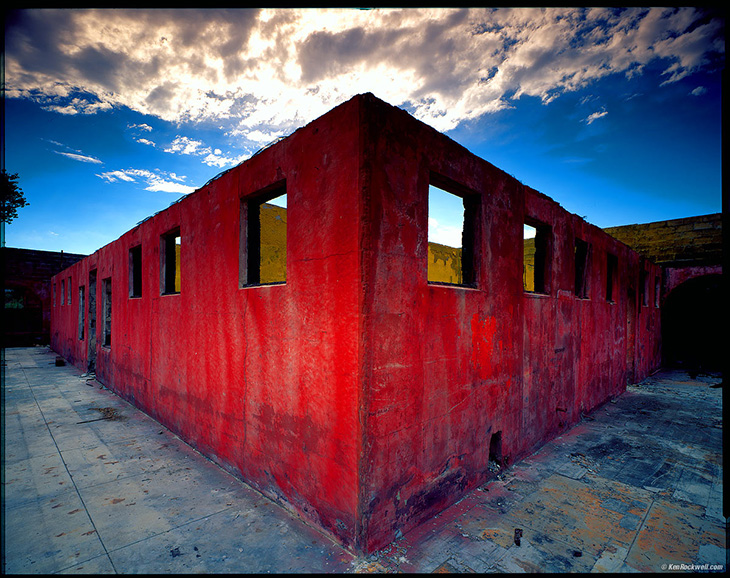
If the camera focal length is classified according to the shooting angle, there are the following types of lenses:
- Ultra wide angle lens : Focal length between 8mm and 24mm
People call this lens a fisheye lens for a very wide field of view. Although the lens has the ability to take 180-degree images, it causes a lot of distortion in the image.

- Wide-angle lens – standard : Focal length between 24mm and 35mm
This type of lens offers a small focal length, a wide angle of view, and a lot of focus. There is, of course, the possibility of image distortion, but to a lesser extent than with ultra-wide angle lenses.
- Standard lens : Focal length between 35mm and 70mm
This focal length is more commonly used, from portraiture to landscape photography. Because for the ability to display images close to the naked eye. At the same time, it is easy to adjust according to the shallow – deep depth of field.

- Telephoto Lens: Focal length from 70mm to 300mm or more
This type of camera focal length is ideal for shooting a distant subject, working almost like a telescope!
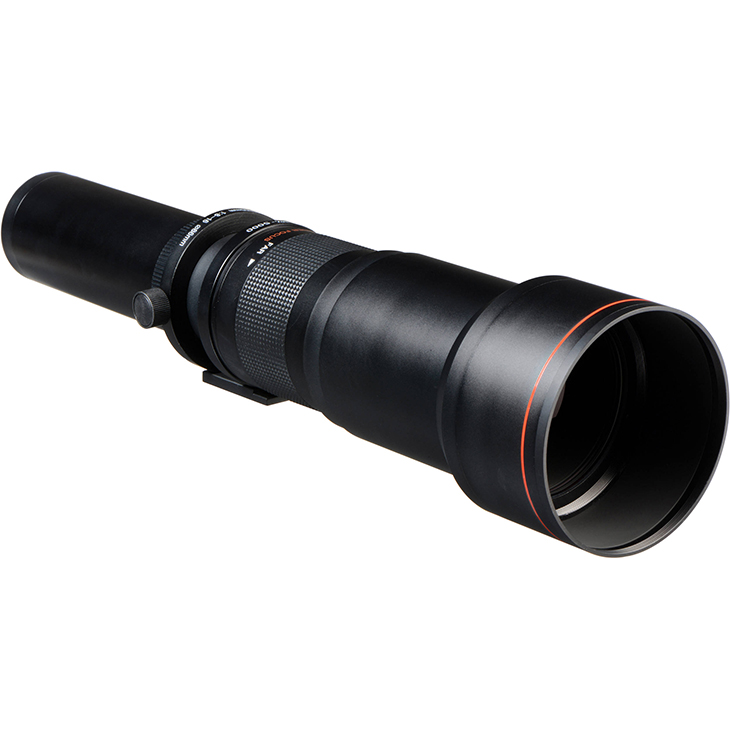
How does focal length affect photography?
Focal length is the degree of magnification achieved by the lens, so it is also one of the factors that greatly affect the photography. Specifically, the focal length affects a number of factors:
View
The focal length determines the extent of the scene represented on a single frame. Therefore, a lens with a small focal length (often called a wide-angle lens) provides a wide depth of field. And conversely, a lens with a large focal length (also known as a telephoto lens) gives a small depth of field.
Depth of field
Focal length affects the sharp area of the image (called depth of field).
For example, a telephoto lens offers a large depth of field, which means it can focus on a very distant subject.

View
When you change the focus, you also change the angle of view and the ratio of the image when shooting. In a word, the small focal length provides a wide angle of view, large image ratio. On the contrary, a larger focal length narrows the angle of view, helping to enlarge the image to show more detail.
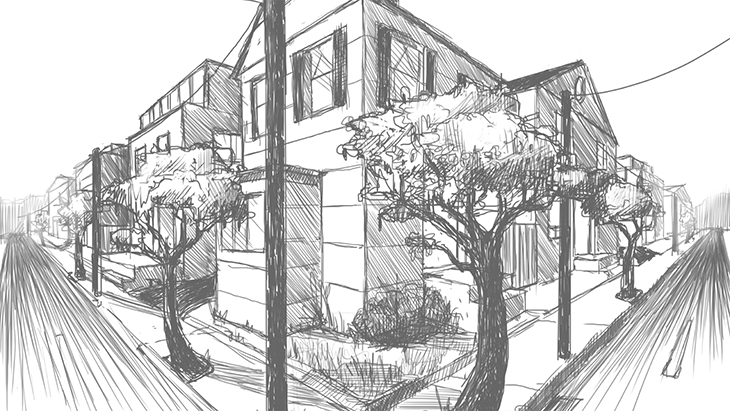
Vibration
When taking pictures, it is inevitable that the shot will be blurred due to the shake. Therefore, using a lens with a large focal length and good photography techniques will greatly improve the image without having to use a tripod.

How to choose a lens with the right focal length
Understanding what focal length is and what types of lenses have it, choosing the right camera focal length is also the secret to getting the photos you want.
To choose a lens with the right focal length, you need to redefine the subject (content) you want to capture. Such as:
Travel photography
Choosing a standard zoom lens will give you flexibility in every shot, as most of the time when traveling you need to avoid carrying a lot of bulky things.
Sports photography
Choose the type of telephoto zoom lens that is best for you to capture moments of sports activities from a distance.
Landscape photography
To get satisfactory landscape photos, you have two types of lenses to suit this need: wide-angle (or ultra-wide-angle) lenses and standard lenses.
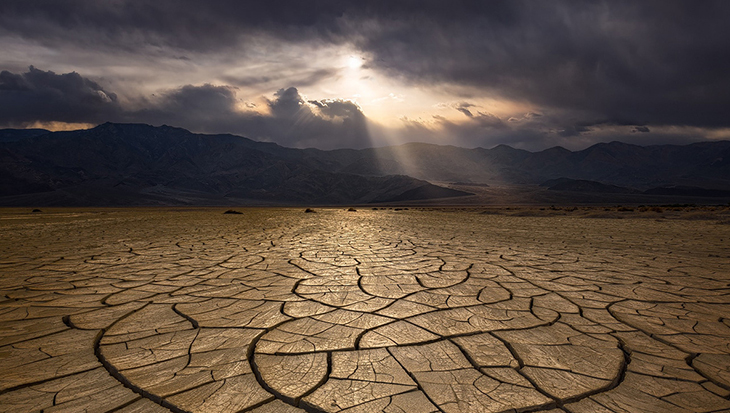
Take a portrait photo
Choose a lens with a focal length of 35mm to 70mm for the most expressive portraits.
Macro photography
A telephoto lens with a minimum focal length of 200mm will help you get photos that show the most delicate details.

Architectural photography
Choose a standard wide-angle lens to create a good depth of field, helping you capture the entire space in the best way.
Street photography
You can choose a standard fixed lens for street photography. In addition to expressing creativity, you should have the flexibility to use a standard zoom lens for shooting.
Wildlife photography
To capture the gestures of wildlife, you should choose a telephoto zoom lens. It allows you to get naturally beautiful photos without interfering with their daily routine.
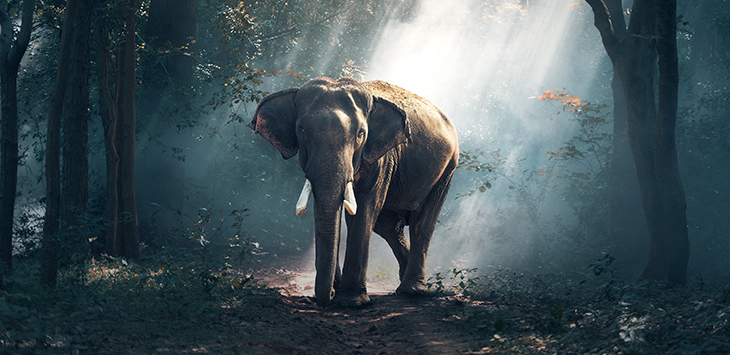
Hopefully the above sharing will help you understand what camera focal length is and what it means in photography.
In conclusion, camera focal length and lens are integral components in photography that greatly impact the outcome of images. Focal length refers to the distance between the lens and the camera’s image sensor, determining the angle of view and magnification of the subject. A longer focal length results in a narrow angle of view and magnifies distant objects, while a shorter focal length captures a wider field of view. Lens, on the other hand, encompasses various optical elements that help focus light onto the sensor, enabling photographers to achieve desired visual effects.
Taking pictures goes beyond simply capturing an image; it is an art form that allows individuals to tell stories, convey emotions, and preserve memories. The act of taking pictures involves carefully considering composition, lighting, and timing to create visually appealing and impactful photographs. It requires a keen eye for detail and a creative mindset, allowing photographers to transform ordinary scenes into extraordinary works of art.
Moreover, the process of taking pictures also serves as a means of personal expression and communication. Images have the power to transcend language barriers and effectively convey messages, serving as a visual medium for self-expression or even advocating for social and environmental issues. Photography is a universal language that connects individuals from all walks of life, enabling them to share experiences, perspectives, and narratives.
In today’s digital age, taking pictures has become more accessible than ever before, with smartphones and affordable cameras offering the means for everyone to become a photographer. However, it is important to recognize that the true essence of photography lies not in the tools used, but in the passion, creativity, and intention behind the images captured.
In essence, camera focal length and lens contribute to the technical aspects of photography, determining the perspective and visual impact of the images. However, taking pictures goes far beyond technicalities; it is an art form that allows individuals to capture moments, express themselves, and communicate with the world around them. Whether it be freezing a split second in time or telling a captivating story through a series of photographs, taking pictures holds immense power and significance in our lives.
Thank you for reading this post What is camera focal length, lens? What does it mean to take pictures? at Tnhelearning.edu.vn You can comment, see more related articles below and hope to help you with interesting information.
Related Search:
1. What is the meaning of camera focal length?
2. Difference between camera focal length and lens?
3. How does camera focal length affect the image?
4. Explaining camera lens and its functions.
5. What is the purpose of focal length in photography?
6. How does camera lens affect image composition?
7. Understanding different types of camera lenses and their focal lengths.
8. How to calculate camera focal length?
9. Importance of choosing the right camera lens focal length for different photography genres.
10. Exploring zoom lenses and their variable focal lengths.



